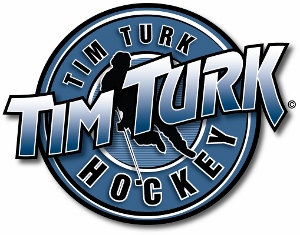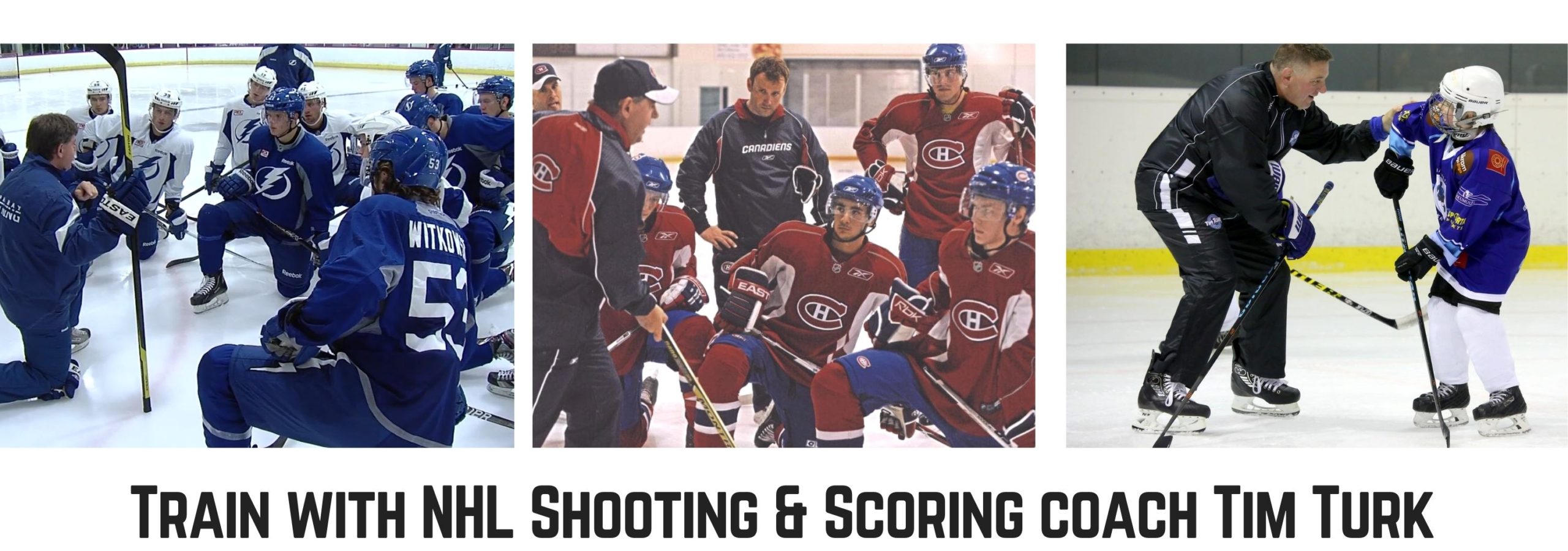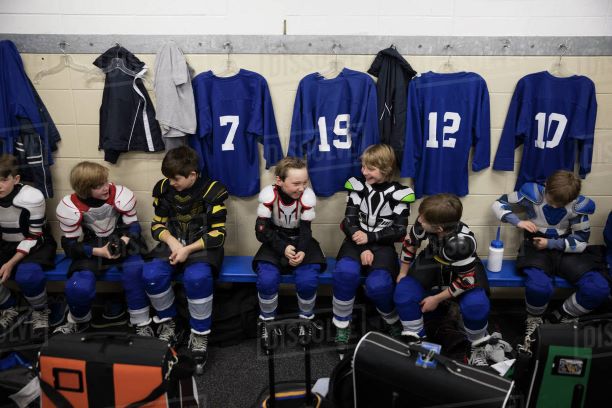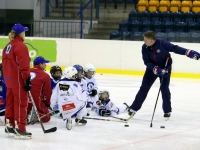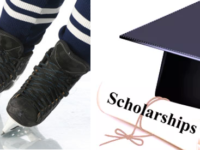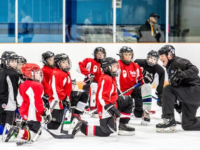Over the past several years, we have seen a huge movement to raise awareness for, and help end the problem of bullying. “Bullying” as defined, is to intimidate someone else by using strength or influence, and most of us have seen or heard of this happening everywhere: schools, workplaces, and even homes.
Another place that bullying has also unfortunately showed up is on sports teams, including minor hockey. Although the issue of bullying may have somewhat improved over time, it is still taking place on many sports teams today. Hockey players and parents alike should be armed with the knowledge of how to spot bullying in sport and how to effectively deal with it, so it doesn’t keep happening. That way we can all work together to form a fun and safe environment for everyone to enjoy the sport of hockey.
Types of Bullying
In minor hockey, physical forms of bullying are much less prominent. All kids are usually always under the eye of their coach, parents, and referees, except sometimes in the dressing rooms. Otherwise, they attend their practice, play their game and then go home. Although physical bullying takes place less often, it still happens and can be recognized and dealt with using the same strategies for verbal bullying, as discussed below.
Even though kids in minor hockey are almost always under the watch of an adult, they may not always be within earshot of an adult. The most common form of bullying in hockey is verbal and, unfortunately, it’s not always easy to tell when it’s happening. One reason is the age-old tradition in team sports called chirping, and it happens frequently in hockey.
“Chirping” is when jokes or insults are thrown around between players on or off the ice, whether on the same team or on opposing teams. Chirps are almost exclusively focused on plays that a player makes, and should be lighthearted and fun; never too insulting. The problem, though, is when the fine line between chirping and bullying is crossed: jokes become hurtful and players become bothered and upset because of them.
Like physical bullying, being verbally harassed by fellow members of your hockey team can destroy the enjoyment of the sport. A player who’s a victim of bullying will dread going to their hockey practices and games because they know they’ll be made to feel awful by the rest of their teammates just like in the past. Bullying should never take place, and hockey is no exception. Hockey was created so players could have fun while working together with their friends, and a hockey experience ruined by the threat of bullying is an absolute tragedy.
How to Handle it
Fortunately, there are things both parents and kids of a minor hockey team can do to help stop bullying in progress and prevent it for the future. First, parents and coaches should be on the same page: that bullying will not be tolerated in any form. The coach should, at the beginning of the season, explain the different forms of bullying to all the players and make clear that it won’t be tolerated. If the players are threatened with the punishment of being suspended or kicked off the team in the case of bullying, it may be a lot less likely to happen.
Second, also the responsibility of the coach, is to set a good example for their players. Players will largely act as their coach does: If the coach is polite and respectful to referees, other teams’ coaches and players, his/her players will likely act the same. If the coach is disrespectful and rude to others however, his/her players will likely follow suit. Most importantly, if a coach is respectful to his/her own players, it will help create an environment where all the players will want to be respectful to one another.
Lastly, any teammate, parent, or coach should immediately intervene if bullying is witnessed. If bullying is ignored for any length of time, or given a second chance, it can imply that it is acceptable, or not that serious.
In dealing with an actual situation of bullying, whether as a parent or a coach, it’s important to avoid a few common pitfalls. First, try not to deal with the situation publicly or in front of the other members of the team. Also, discuss the situation with each kid involved separately, and make sure not to force the kids to apologize on the spot. There may be an important, underlying issue which may take some time to sort out. If a resolution is rushed, the bullying is unfortunately more likely to take place again.
Also, don’t hesitate to get the police involved in a situation if there are serious threats of violence or a weapon was involved. The main priority is always the safety of the players.
Bullying has no place in the world, let alone in sport, an activity created exclusively for the enjoyment of its players. It’s unfortunate that bullying still takes place, however, parents and kids of minor hockey alike should do their part to spot and stop bullying as soon as possible. That way, everyone can quickly get back to focusing on what truly matters…playing hockey!
